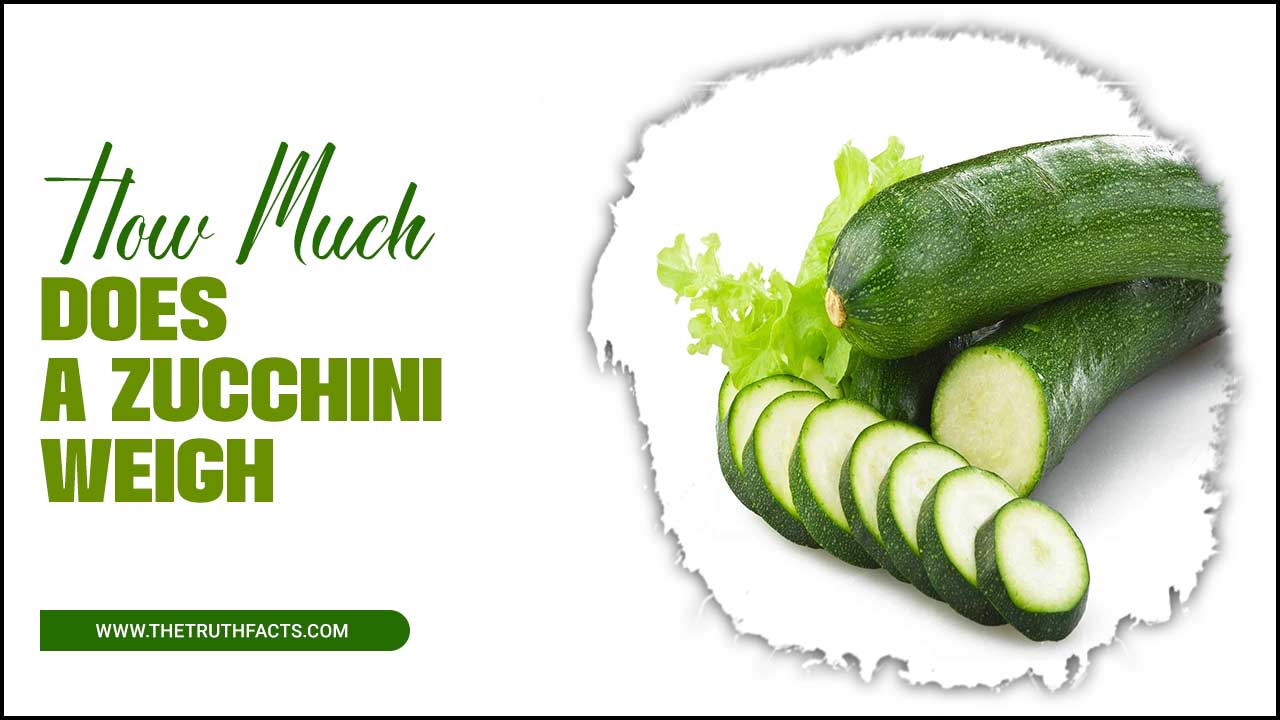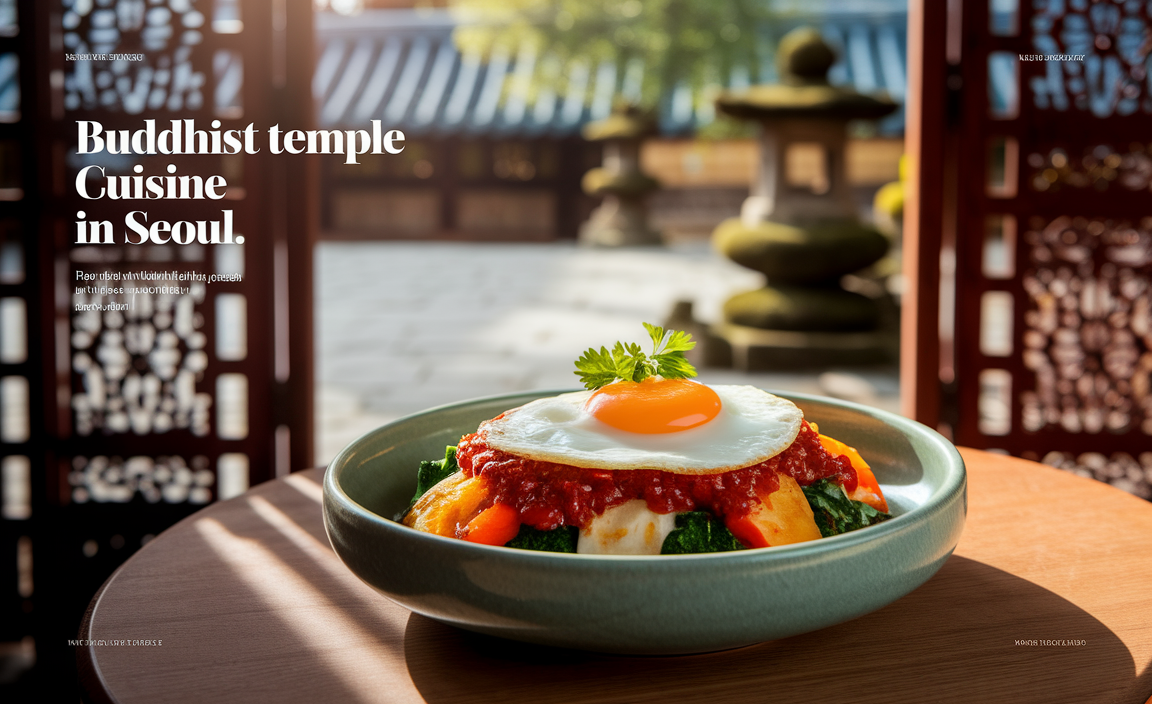Instant Pot travel cooking is simple, creating delicious meals anywhere with minimal fuss. This guide breaks down the essentials for using your Instant Pot on the go, from packing tips to easy recipes, ensuring you enjoy home-cooked flavor even far from your kitchen. It’s about making travel delicious and convenient.
Hey there, fellow food adventurers! Joseph Bryant here from FoodsGuider. Ever felt that pang of longing for a hearty, home-cooked meal while you’re away from home? Maybe you’re on a road trip, camping, or staying in a hotel with limited kitchen facilities. The thought of resorting to expensive or uninspiring takeout can be a real bummer. But what if I told you there’s a way to bring the magic of your home kitchen with you? The Instant Pot, that kitchen marvel, is incredibly versatile, and yes, it can absolutely come along for your travels! Don’t let being away from home mean bland food. We’re going to dive into how to make Instant Pot travel cooking a breeze. Get ready to discover how easy it is to whip up amazing meals, no matter your destination. Let’s get cooking!
Why Instant Pot Travel Cooking is a Game-Changer
Traveling doesn’t have to mean sacrificing delicious, homemade food. The Instant Pot offers a fantastic solution for delicious, hassle-free meals on the road. Its compact size, speed, and versatility make it an ideal companion for a variety of travel scenarios. Imagine waking up to perfectly cooked oatmeal, enjoying a hearty stew after a day of exploring, or having a simple pasta dish ready in minutes, all made with your trusty Instant Pot. It’s a taste of home you can carry with you.
Choosing the Right Instant Pot for Travel
Not all Instant Pots are created equal, and when it comes to travel, size and portability are key. While the larger models are great for families, they can be a bit cumbersome to pack and set up in a hotel room or campsite. For travel, we often recommend the smaller 3-quart or even the 1-quart models. They take up less space and are lighter, making them much easier to transport. Plus, for solo travelers or couples, the smaller capacity is usually more than enough.
Consider these factors when selecting your travel-friendly Instant Pot:
- Size: A 3-quart or 1-quart model is ideal for portability.
- Weight: Lighter is better for packing and moving around.
- Features: Most basic models handle common travel cooking needs like sauté, pressure cook, and slow cook.
- Durability: Instant Pots are generally robust, but a good carrying case can add protection.
Essential Gadgets and Accessories for Instant Pot Travel
To make your Instant Pot travel cooking experience smooth and enjoyable, a few key accessories are indispensable. Think about what you’ll need to safely store, transport, and use your appliance, as well as cook and serve your meals. Packing smart is just as important as cooking smart!
Packing Your Instant Pot
The Instant Pot itself needs a little protection during transit. While they are durable, a good carrying case can prevent scratches and keep all the parts together. Many brands offer dedicated carrying cases, or you can use a sturdy duffel bag with extra padding.
- Instant Pot Carrying Case: Protects the appliance and stores accessories neatly. Look for one with reinforced handles and ample padding.
- Original Box (if sturdy): If you still have the original packaging, it can be a good option for transport.
- Padded Duffel Bag: A good alternative if a dedicated case isn’t available.
Kitchen Tools for On-the-Go Cooking
You won’t have your full kitchen at your disposal, so packing a compact set of essentials is crucial. Opt for multi-functional items to save space.
- Silicone Lid: Incredibly useful for storing leftovers directly in the inner pot or for preventing spills during transport if the pot lid isn’t sealed.
- Steamer Basket: Perfect for steaming vegetables, dumplings, or even preparing pasta.
- Silicone Mitts or Handle Covers: For safely removing the hot inner pot or handling hot components.
- Measuring Cups and Spoons: A collapsible or nesting set is ideal for saving space.
- Mixing Spoon or Ladle: A heat-resistant silicone or bamboo spoon is versatile for stirring and serving.
- Small Cutting Board and Knife (travel-safe): For any minimal prep work. Remember travel regulations for knives if flying.
- Container for Ingredients: Small, sealable containers for pre-portioned spices, grains, or chopped vegetables can save time and reduce mess.
Power and Safety
Don’t forget the power source! You’ll need a reliable way to plug in your Instant Pot.
- Power Cord: Ensure you pack the correct power cord for your Instant Pot model.
- Surge Protector: Especially important when using unfamiliar power outlets, hotels, or campgrounds. It protects your appliance from power fluctuations. You can find smaller, travel-sized surge protectors.
- Extension Cord (optional): If you anticipate needing extra reach from an outlet.
Planning Your Travel Meals: Ingredients and Recipes
The key to successful Instant Pot travel cooking is smart planning. Think about meals that are easy to transport ingredients for, require minimal fresh produce that might spoil, and cook quickly. Pre-portioning ingredients at home can save a lot of time and effort on your trip.
Best Ingredients to Pack
When packing ingredients, focus on non-perishables and items that travel well. This simplifies storage and reduces the risk of spoilage.
| Ingredient Type | Examples for Travel | Why They’re Great |
|---|---|---|
| Grains & Starches | Rice (white, brown), quinoa, oats, pasta, couscous | Shelf-stable, cook quickly, versatile bases for meals. |
| Canned Goods | Beans (black, kidney, chickpeas), lentils, diced tomatoes, corn, tuna | Pre-cooked, long shelf life, add protein and flavor easily. |
| Broth/Stock | Boxed broth, bouillon cubes/powder | Essential for flavor and pressure cooking liquid. Takes up little space. |
| Dried Spices & Seasonings | Salt, pepper, garlic powder, onion powder, chili powder, curry powder, dried herbs | Concentrated flavor, no spoilage, pre-mixed blends are convenient. |
| Proteins (shelf-stable/quick cook) | Canned chicken/fish, pre-cooked sausages, firm tofu | Add substance without needing refrigeration until opened if packaged. |
| Longer-Lasting Produce | Onions, garlic bulbs, potatoes, sweet potatoes, carrots, apples | Can last several days without refrigeration, add fresh flavor and nutrients. |
Simple & Delicious Travel-Friendly Recipes
These recipes are designed for ease of preparation with minimal ingredients and quick cooking times, perfect for your Instant Pot adventures.
1. One-Pot Pasta with Sausage (or Beans)
Prep time: 5 minutes
Cook time: 10 minutes
Serves: 2-3
This is a classic for a reason! Everything cooks together, meaning minimal cleanup.
- 1 tablespoon olive oil
- 1 small onion, chopped (optional – can use dried onion flakes)
- 2 cloves garlic, minced (optional – can use garlic powder)
- 1 pound Italian sausage, casings removed (or 1 can (15 oz) cannellini beans, rinsed and drained for vegetarian)
- 1 box (12-16 oz) pasta (penne, rotini, or similar)
- 1 jar (24 oz) marinara sauce
- 2 cups broth (vegetable or chicken)
- Salt and pepper to taste
Instructions:
- If using fresh onion and garlic, sauté them in the Instant Pot on the Sauté setting until softened. If using powders, skip this.
- Add sausage (if using) and brown it. Drain excess grease. If using beans, add them now.
- Add the uncooked pasta, marinara sauce, and broth to the pot. Stir to combine, ensuring pasta is mostly submerged.
- Secure the lid, set the valve to Sealing. Pressure Cook (or Manual) on High for 8 minutes.
- Once cooking is complete, let the pressure release naturally for 5 minutes, then carefully perform a quick release for any remaining steam.
- Stir in salt and pepper, serve immediately.
2. Speedy Lentil Soup
Prep time: 5 minutes
Cook time: 15 minutes
Serves: 3-4
Hearty, healthy, and incredibly easy. This soup is perfect for a chilly evening.
- 1 tablespoon olive oil
- 1 onion, chopped (optional)
- 2 carrots, chopped (optional)
- 2 celery stalks, chopped (optional)
- 2 cloves garlic, minced (optional)
- 1 cup brown or green lentils, rinsed
- 6 cups vegetable or chicken broth
- 1 can (14.5 oz) diced tomatoes, undrained
- 1 teaspoon dried thyme
- 1/2 teaspoon dried rosemary
- Salt and pepper to taste
Instructions:
- If using fresh vegetables, sauté onion, carrots, celery, and garlic in the Instant Pot on Sauté until softened. If using dried spices and shelf-stable vegetables, proceed to the next step.
- Add rinsed lentils, broth, diced tomatoes, thyme, and rosemary to the pot.
- Secure the lid, set the valve to Sealing. Pressure Cook (or Manual) on High for at least 15 minutes.
- Allow natural pressure release for 10 minutes, then carefully quick release any remaining steam.
- Season with salt and pepper. Serve hot.
3. Creamy Coconut Chickpea Curry
Prep time: 5 minutes
Cook time: 10 minutes
Serves: 2-3
A flavorful vegetarian curry using pantry staples.
- 1 tablespoon oil
- 1 onion, chopped (optional)
- 2 cloves garlic, minced (optional)
- 1 tablespoon curry powder (or your favorite blend)
- 1 teaspoon ground ginger (or 1 tbsp fresh)
- 1 can (13.5 oz) coconut milk
- 1 can (15 oz) chickpeas, rinsed and drained
- 1 can (14.5 oz) diced tomatoes, undrained
- 1/2 cup vegetable broth or water
- Salt to taste
- Optional: serve with pre-cooked rice or bread
Instructions:
- If using fresh onion and garlic, sauté them in the Instant Pot on Sauté until softened. Stir in curry powder and ginger for 30 seconds until fragrant.
- Add coconut milk, chickpeas, diced tomatoes, and broth/water to the pot. Stir well.
- Secure the lid, set the valve to Sealing. Pressure Cook (or Manual) on High for 5 minutes.
- Natural pressure release for 5 minutes, then quick release.
- Stir in salt to taste. Serve over pre-cooked rice or with bread.
For more recipe ideas developed with travel in mind, consider resources like Pressure Cook Recipes which often features adaptable dishes.
Steps for Successful Instant Pot Travel Cooking
Using your Instant Pot while traveling involves a few extra considerations. Here’s a step-by-step breakdown to ensure your culinary adventures are successful and safe.
Step 1: Set Up Your Cooking Station
Find a stable, heat-resistant surface away from flammable materials. Ensure you are near a power outlet. If in a hotel, the kitchen counter or a sturdy table is usually best. For campsites, a stable picnic table or a designated cooking area works well.
Step 2: Prepare Your Ingredients
If you prepped ingredients at home (chopping veggies, portioning spices), all you need to do is add them to the inner pot. If not, perform any necessary chopping now. Keep your workspace as clean as possible.
Step 3: Add Ingredients and Liquid
Follow your chosen recipe, adding ingredients to the Instant Pot’s inner pot. Crucially, always ensure you have enough liquid for the Instant Pot to come to pressure—this is typically at least 1 cup for most recipes, though check your Instant Pot manual. Without sufficient liquid, the pot won’t pressurize correctly.
Step 4: Cook Under Pressure
Secure the lid, ensuring the steam release valve is set to the “Sealing” position. Select your cooking function (e.g., Pressure Cook, Manual, or a preset like Soup/Stew). Set the time according to your recipe. The Instant Pot will then take time to come up to pressure before starting the cooking cycle.
Step 5: Release Pressure Safely
Once the cooking time is complete, you have two options: Natural Pressure Release (NPR) or Quick Release (QR). NPR means letting the pot sit until the pressure has dissipated on its own. QR means carefully turning the steam release valve to the “Venting” position to let steam escape quickly. Always use an oven mitt or a utensil to move the valve, keeping your hands and face away from the hot steam. Refer to your Instant Pot manual for specific recommendations for NPR and QR. Always allow the float valve to drop before attempting to open the lid.
Step 6: Serve and Clean Up
Carefully open the lid away from your face. Stir your meal and check for doneness. Serve immediately. For cleanup, wash the inner pot with soap and water. If you don’t have access to a sink, you can often wipe it clean with damp paper towels or use disposable liners if your recipe allows (though direct cooking in the pot is recommended for best results). Allow all parts to dry completely before packing them away.
Tips for Safe Instant Pot Travel
Safety is paramount when using any electrical appliance away from home. Here are some key tips to ensure your Instant Pot travels safely and operates without issue:
- Use a Stable Surface: Always place your Instant Pot on a flat, stable, and heat-resistant surface. Avoid soft or uneven surfaces like beds or unstable tables to prevent tipping.
- Proper Ventilation: Ensure the area around the Instant Pot is well-ventilated. Do not place it in enclosed spaces like cabinets or right next to curtains. The steam release needs an unobstructed path.
- Check Power Compatibility: Instant Pots are designed for specific voltage ranges. Ensure the power outlet and your Instant Pot’s voltage compatibility match to avoid damaging the appliance or causing a fire hazard. Most Instant Pots sold in North America operate on 120V. If traveling internationally, you’ll need a voltage converter and adapter, though using it this way can be risky. It’s best to stick to regions with compatible voltages or use a travel adapter specifically designed for your appliance’s needs. For example, the U.S. uses 120V, while many European countries use 230V. Consult your appliance’s manual for its specifications.
- Keep Away from Water Sources: While the Instant Pot is designed to withstand steam, keep it away from excessive water to protect the electrical components and prevent slips.
- Never Force the Lid: The lid should only be opened when the float valve has dropped, indicating all pressure has been released. Never try to force it open.
- Handle Hot Parts with Care: The stainless steel inner pot, lid, and steam release valve get extremely hot. Always use oven mitts or the provided handle covers when in contact with these parts.
- Supervise While Cooking: Never leave your Instant Pot unattended while it’s cooking or pressure is releasing.
- Travel with a Surge Protector: As mentioned earlier, a surge protector can safeguard your appliance from power surges or fluctuations, which are more common in unfamiliar power systems.
Troubleshooting Common Travel Cooking Issues
Even with the best planning, travel can throw a few curveballs. Here’s how to handle common Instant Pot travel cooking hiccups:
- Pot Won’t Come to Pressure: This is often due to insufficient liquid, a poorly sealed lid, or a malfunctioning steam release valve. Double-check your recipe’s liquid requirement, ensure the lid is locked correctly, and make sure the float valve isn’t







